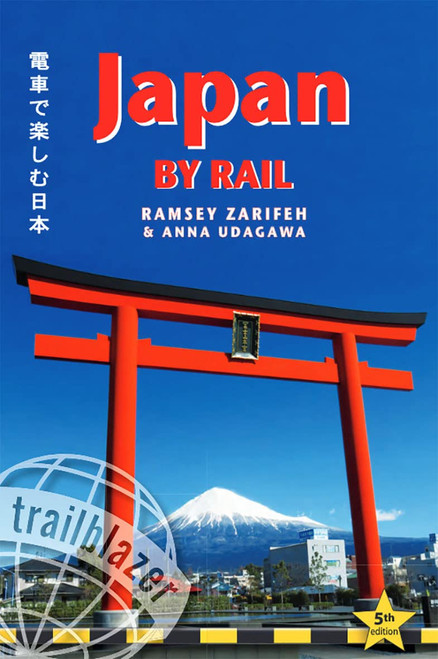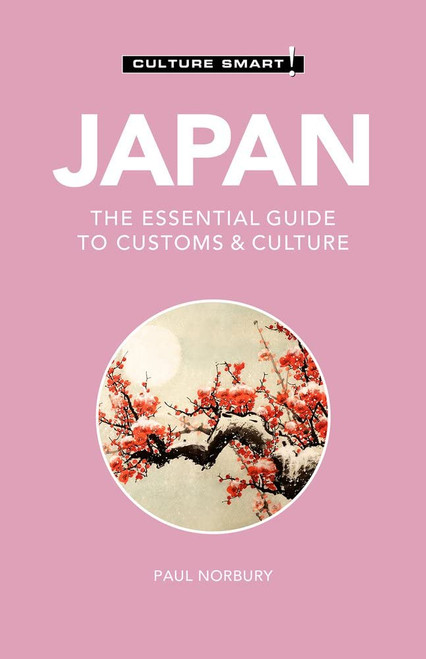When friends want to know where to go in Japan, I always ask, "What are you interested in?" One friend spent every day at the Kabuki theater in Tokyo. Another ventured north to savor the culinary traditions of Tohoku. We know people who adore Tokyo, exulting in the energy of the world's most futuristic megapolis. Others loath it and flee to tranquil Kyoto, the former imperial city that epitomizes the refinement of traditional culture. Still others visit both cities and marvel at the extremes represented by these opposing poles of the Japanese experience. The diversity of cultural and geographic offerings can be intimidating. The two sections of this book, History and Culture and Japan by Region, are designed to make them more manageable. History and Culture focuses on specific topics and recommends where to go. Japan by Region gives the practical information you need to make the trip. History and Culture "A Brief History" introduces the major historical periods and includes a list of the most important figures in Japanese history and culture; their names appear in uppercase letters throughout the book. The chapters that follow provide both an overview and a practical reference on various subjects. For example, "Cuisine" contains bilingual "menus" from which you can order food in restaurants. Most of the chapters conclude with a list of recommendations. Any place that is mentioned in both the main text and the list appears in uppercase. Japan by Region The ten regional chapters appear in geographic order, from north to south (see map on p. vi). The largest of Japan's four main islands, Honshu, and the smallest, Shikoku, together make up seven chapters. The remaining three chapters are devoted to Hokkaido, Kyushu, and the Okinawan archipelago. Each chapter begins with a brief introduction and lists the best attractions, special interests, and seasonal events. Transit Diagrams The transit diagram at the beginning of each regional chapter shows the main trunk line (usually the bullet train) traversing the region, together with other train and bus lines that branch off. The main junctions on the trunk line are assigned roman numerals and treated as jumping-off points from which to explore side routes; the stations along the side routes are assigned arabic numerals. The text describes in numerical order each main junction, followed by the side routes; their direction is denoted by the letters "N" for north, "E" for east, and so forth. For example, suppose you want to visit Dewa Sanzan (transit key number IV:W3) in Tohoku. To see how to get there, turn to the Tohoku transit diagram (p.152); go down the trunk line to the fourth city, Sendai, then go west three notches. The text follows the same organization and is, in effect, a series of mini-itineraries. Dining, Lodgings, and Local Maps Dining and lodging facilities are listed at the end of each town or locale. Telephone area codes are usually listed beside the lodgings heading. Shops, restaurants, and hotels will appear on local maps according to a number-key system. (See inside front cover for a key to symbols.) Ratings are awarded on a scale of from one to three stars based on quality, service, and atmosphere. Credit-card information is supplied for every establishment for which the information was available.
Gateway to Japan (Kodansha Guide)
Kodansha USA
MSRP:
Was:
Now:
$7.40 - $300.00
(You save
)
- SKU:
- UPC:
- 9784770020185
- Maximum Purchase:
- 2 units
- Binding:
- Paperback
- Publication Date:
- 6/10/1998
- Author:
- Kinoshita, June
- Language:
- English: Published; English: Original Language; English
- Edition:
- 3
- Pages:
- 808

DK Eyewitness Japan (Travel Guide)
MSRP:
Was:
Now:
$27.31 - $30.80

Independently Published
Japan: Travel for kids: The fun way to discover Japan (Travel Guide For Kids)
MSRP:
Was:
Now:
$13.22 - $21.23

Lonely Planet Japan 17 (Travel Guide)
MSRP:
Was:
Now:
$24.39 - $35.83

Trailblazer Publications
Japan by Rail: Includes Rail Route Guide and 30 City Guides
MSRP:
Was:
Now:
$26.80 - $33.74

Kuperard
Japan - Culture Smart!: The Essential Guide to Customs & Culture
MSRP:
Was:
Now:
$12.23 - $19.74

Fodor's Essential Japan (Full-color Travel Guide)
MSRP:
Was:
Now:
$26.26 - $29.62

Lonely Planet Experience Japan 1 (Travel Guide)
MSRP:
Was:
Now:
$22.13 - $30.43

Kodansha
Snowflakes, Sunbursts, and Stars: 75 Exquisite Paper Designs to Fold, Cut, and Curl
MSRP:
Was:
Now:
$20.76 - $47.35
!


